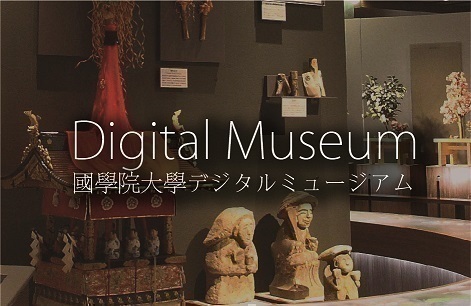- トップ
- Encyclopedia of Shinto
- Goryū Shintō
Encyclopedia of Shinto
| Main Menu: | |
| Links: |
詳細表示 (Complete Article)
| カテゴリー1: | 8. Schools, Groups, and Personalities |
|---|---|
| カテゴリー2: | Medieval and Early Modern Schools |
| Title | Goryū Shintō |
| Text | A Shinto teaching belonging to the broader tradition of Ryōbu Shintō. "Goryū" originally referred to the Buddhist Dharma lineage of retired sovereigns and other retired members of the imperial house. The six basic lineages in the Kōtaku branch of Shingon esotericism include one called "Goryū" (referring to the Ninnaji Goryū), but it is believed that there is no direct connection between the two. The first appearance of this name may be found in Ryōben's Nihon shoki daiichi monsho (First Hearings on the Nihon shoki), compiled around 1419, where it is stated that "this is also called the Goryū of the Sanbōin, or what in the provinces is called Shinto." This usage, however, seems to have taken firm root only after the late medieval period. In Jingi hiki (Secret Record of the Kami) written in the late medieval period (now in the archives of the Tendai temple Shinpukuji), the term "Goryū Shintō" is listed as one of the twelve lineages of Shinto. The same work likewise states that Goryū Shintō had been transmitted within the imperial household ever since the seven generations of the kami of heaven and the five generations of the kami of earth, and that it was called Goryū (lit., the August Tradition), since it was entrusted by the sovereign to Kūkai during the reign of the fifty-second sovereign, Saga. Similar claims can be found in a wide variety of works, and they are thus considered a theory for the legendary origins of the whole of Ryōbu Shintō, including Miwaryū Shintō (Shinto of the Miwa Tradition). This is also called "Daishiryū Shintō," with reference to Kūkai, who was known posthumously as Kōbō Daishi. Another origin legend states that the monk Enkai of the temple Murōji might have been its founder in the late Kamakura period (see Kubota Osamu's Chūsei Shintō no kenkyū). The area of Murō has long been home to a cult that claims that Kūkai buried a wish-granting jewel (Skt., cinta-mani) there. From the beginning of the Kamakura period, one tradition regarded the sun goddess Amaterasu as the manifestation (suijaku; see honji suijakusetsu) of that jewel. This tradition is transmitted by the Kindō Bunko edition of the Ben'ichi san himikki (Secret Record of Mt. Ben'ichi), which has a postscript dated 1250. From this fact we may understand that the discourses of Ryōbu Shintō were already fermenting in this area around that time. According to one theory, Enkai was responsible for the revival of the temple Segiji, which was central to the Sanbōin tradition in Ise and the place where the original Ryōbu Shintō tradition first appeared. His name invariably appears in the various genealogical lineages of Goryū Shintō. It is likely that Enkai and those around him promoted Shinto theories that linked the Murō cult identifying the wish-granting jewel and kami Amaterasu, to the theories of Ryōbu Shintō that were then developing at Ise. It is likely this that later came to be called Goryū Shintō. By the late medieval period, the doctrines of Goryū Shintō had been systematized, and collections of certificates that attest to the reception of a secret transmission (inshinshū), such as Hachijū tsūinjin and Ōju ruiju, have been passed down to this day. After the early modern period, these were transmitted on Mt. Koya and are recognized as demonstrating a striking degree of amalgamation with Yoshida Shintō. —Itō Satoshi |




